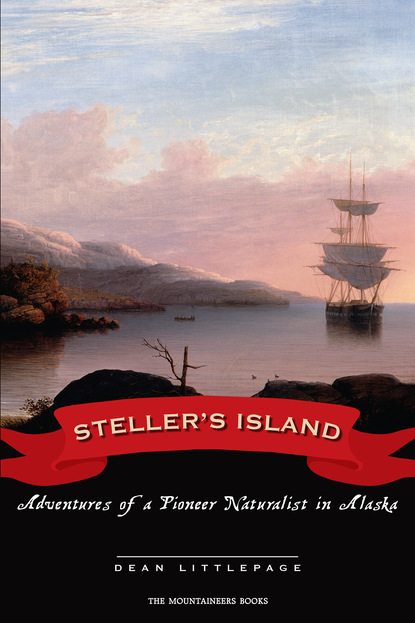
Steller's Island скачать fb2
Dean Littlepage - Steller's Island краткое содержание
* Introduces a naturalist and explorer who predated Lewis and Clark and John Muir * Examines the historical legacy of the man whose name graces the Steller's jay, Steller sea lion, Steller's eider, and more * Places Steller's journey in context for today, following the impact of his discoveries to the present In 1741, a Russian expedition ship captained by Vitus Bering carried the first scientist to set foot anywhere on the western half of North America. Georg Steller would introduce the world to the staggering wealth and diversity of life of the North Pacific, providing the first European accounts of the sea otter, sea lion, northern fur seal, native Alaskan Chugach people, and more. Steller's Island is a fascinating tale of the rewards and perils of exploration in this era. It is about the courage of scientific curiosity, even in uncharted waters, alien lands, and desperate circumstances, including storms, scurvy, and shipwreck. Steller traveled deep into the wild with little on his back. In the one day Bering permitted him to explore Kayak Island along the southern Alaskan coast, he catalogued more than one hundred previously unknown plants. He was the only European naturalist to see the spectacled cormorant alive and his is our one and only account of the now extinct Steller's sea cow. In accounts of the Chugach and Aleut people, Steller was the first scientist to hypothesize an Asian origin for Native Americans. The crew of the St. Peter credited him with their lives: His novel prescription of wild greens cured their scurvy, and his knowledge of sea mammals and Native hunting techniques meant food for the starving.
Скачать книгу «Steller's Island» Dean Littlepage
Чтобы оставить свою оценку и/или комментарий, Вам нужно войти под своей учетной записью или зарегистрироваться



